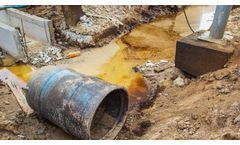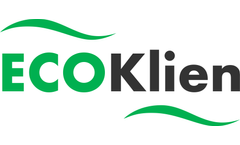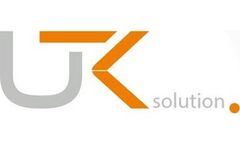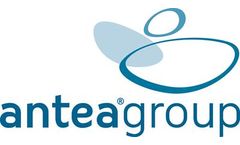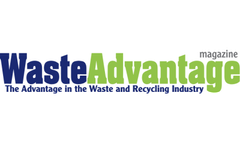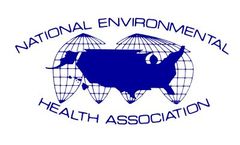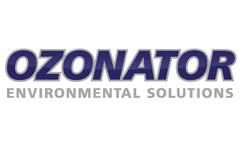Hazardous Waste Articles & Analysis: Older
9 articles found
Environmental Protection Agency’s (USEPA) Regional Screening Levels (RSLs) for human health risk assessment at hazardous waste sites and permitted facilities. The document emphasizes the importance of DTSC-SLs in evaluating chemical concentrations in environmental media at California sites. ...
Biomedical liquid waste originating from healthcare facilities, laboratories, and research centers often contains infectious materials that, when discharged without proper treatment, can contribute to the spread of communicable diseases through public sewers. These diseases can affect individuals coming into contact with contaminated water sources ...
The heart of the innovation is the reusable charging and energy unit, which completely avoids electronic waste and whose optimized energy transmission ensures smoother and quieter handling. ...
Pharmaceutical sludge refers to the precipitation material produced in the pharmaceutical wastewater treatment process. As a kind of hazardous waste with high hazard and toxicity, if it cannot be properly disposed of, random dumping and landfilling will have a difficult-to-repair impact on the surrounding environment. ...
Location: Pacific Ocean Clients: PacWaste / SPREP Waste Type: Medical & Hazardous waste Solution(s) Supplied: i8-M15, i8M-60, i8M-75 The PacWaste project consisted of the installation and commissioning of 26 state-of-the-art healthcare waste incinerators in Kiribati, Tonga, Tuvalu and Vanuatu These high temperature ...
Recently proposed EPA regulation provides a streamlined approach for healthcare facilities to better manage their hazardous pharmaceutical waste. To prepare for these changes, healthcare facilities, including manufacturers, distributers, pharmacies and retailers of pharmaceutical products in the USA will need to make operational adjustments around notification, ...
Serving the needs of commercial, industrial and residential customers, Progressive Waste Solutions Ltd. (Vaughan, ON) is the third largest non-hazardous solid waste management company in North America. Their history began in 2000 when they acquired some of the Canadian waste assets of Browning Ferris International, or BFI, which ...
The authors describe lessons learned from dealing with health concerns related to the Vietnam War, Three Mile Island, hazardous waste sites, and radon, as well as emerging issues during that decade. ...
In 2006, the annual American Hospital Association survey on hospitals reported there were nearly 950,000 hospital beds in the U.S.1 In Canada in 2005 the number of acute care hospital beds was approximately 103,000.2 Combined, there are over 1 million hospital beds in Canada and the U.S. Annual waste production in hospitals is about 2 tonnes per hospital bed, or about 2,000,000 ...

